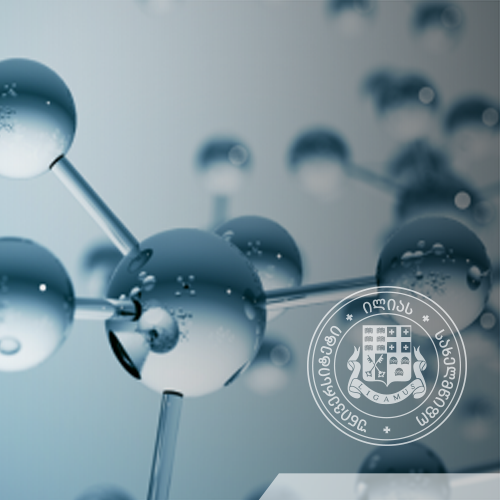
Myo-inositol and prevention of epileptogenesis: pharmacology, electrophysiology and molecular biology
Epilepsy is one of the most common disorders of the brain and is characterized by recurrent, usually unprovoked, seizures. The disease usually has detrimental cognitive, psychological and social consequences. Approximately 1% of the population in the world suffers from epilepsy. However, 20%–30% of the patients are refractory to therapies using available anti-epileptic drugs (AEDs). Further, current epilepsy therapy treats only the symptoms rather than cures the disease. Epileptogenesis is a pathophysiological process that transforms the normal brain into an epileptic state. There is no approved and reliable treatment of epileptogenesis and associated cognitive, in particular mnemonic co-morbidities. Thus, it is of utmost importance to reveal new drugs that prevent or mitigate the progress of epileptogenesis. Recently, Myo-inositol (MI) has been identified as a promising AED. Particularly, in our laboratory, it has been demonstrated that the use of the threshold concentration of MI, identified in behavioural seizure suppression experiments, attenuates the epileptogenesis process manifested at behavioural seizure and molecular levels in kainic acid (KA) epilepsy model rats. Recently, we have also shown that treatment with the same threshold MI concentration decreases the number, frequency and duration of electrographic spontaneous recurrent seizures (SRS) in the hippocampus induced by epileptogenesis in KA-treated rats not only during the treatment but also after its termination for the following 4 weeks. This electrographic SRS decline was accompanied by the suppression of SRS generation and mitigation of spatial memory and learning deficit. The present project proposes to continue this line of inquiry and investigate the effects of different concentrations of MI spanning from near-threshold to near maximum, on epileptogenesis at behavioural, cellular and molecular levels. Specifically, we plan to investigate the effects of different MI concentrations on 1) behavioural seizures, 2) spatial memory and learning decline in Moriss water maze assay 3) electrographic SRS in the hippocampus and 4) epigenetic and transcriptomic changes in the hippocampus all induced by epileptogenesis in KA epilepsy model rats. We expect that the project will reveal the optimal concentration of MI that with high efficacy suppresses epileptogenesis at its different levels of manifestations and, thus, will significantly contribute to the translational case of the therapeutic use of MI in the clinic.
Projects » View All
